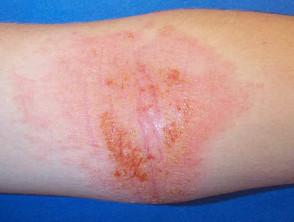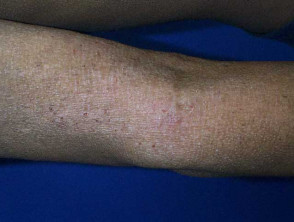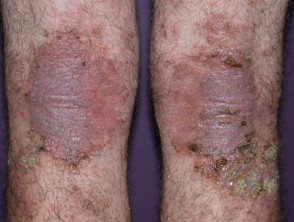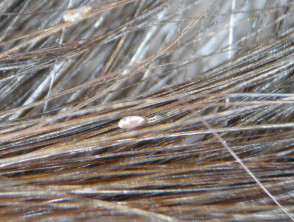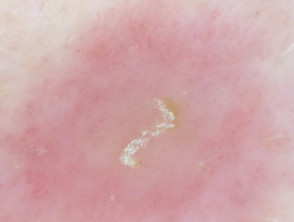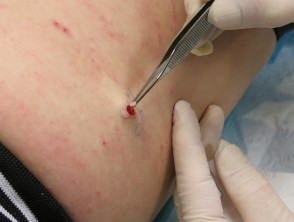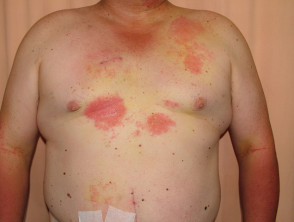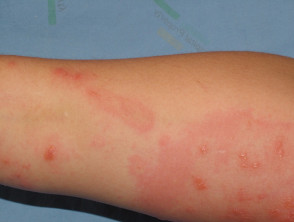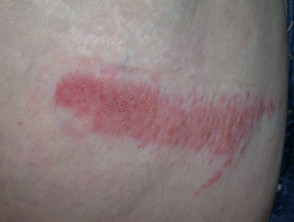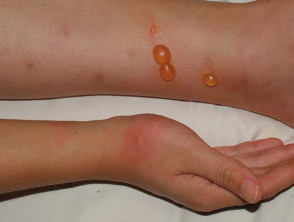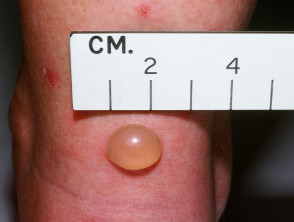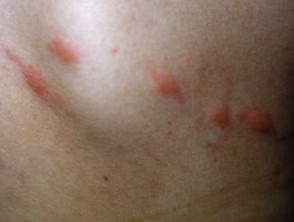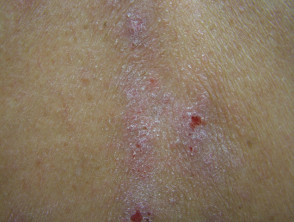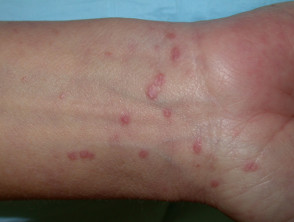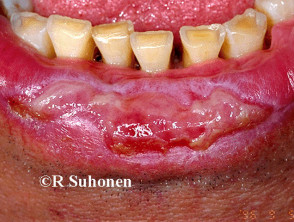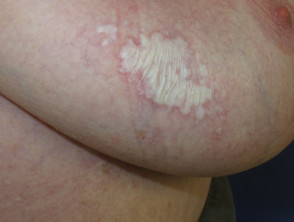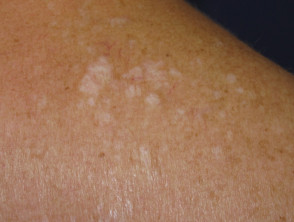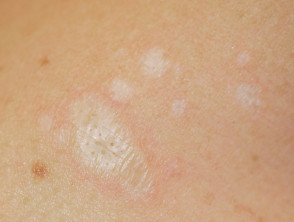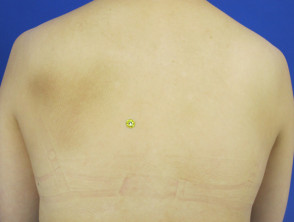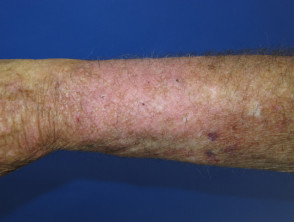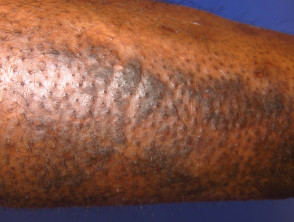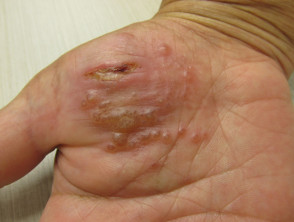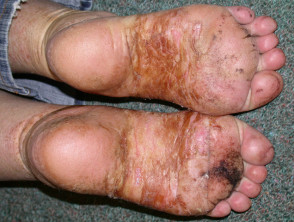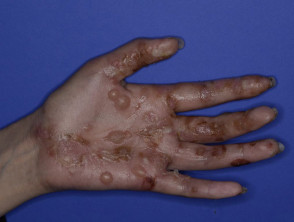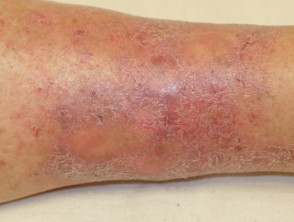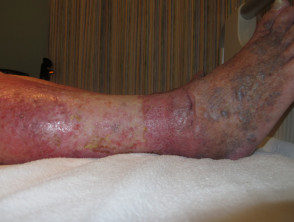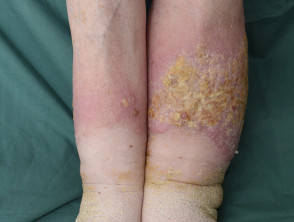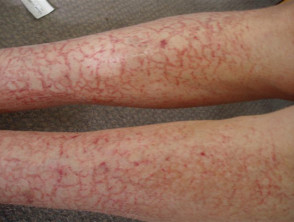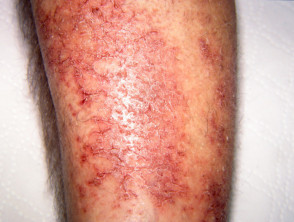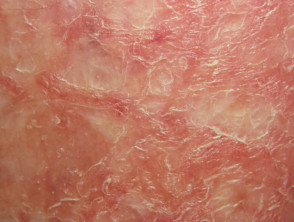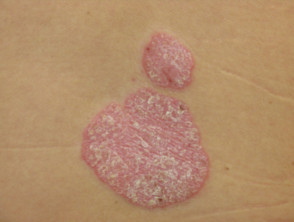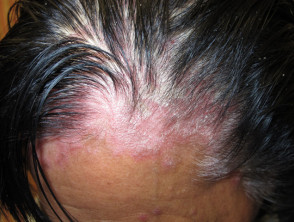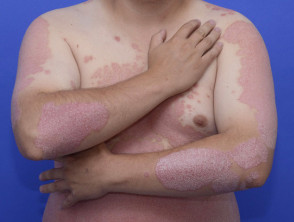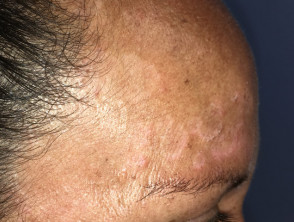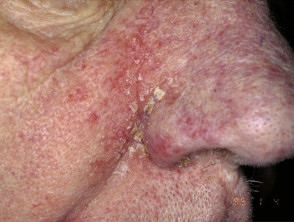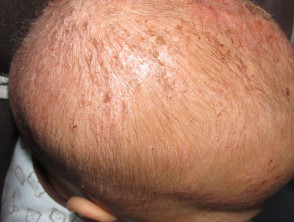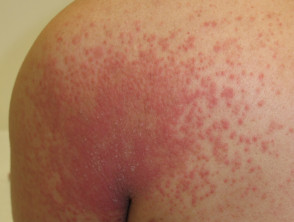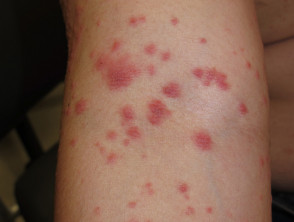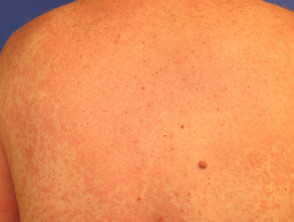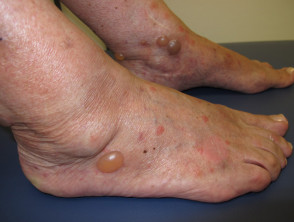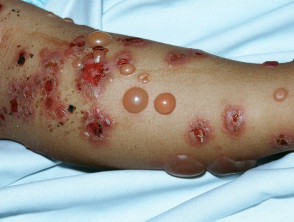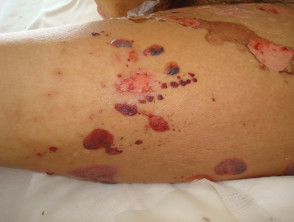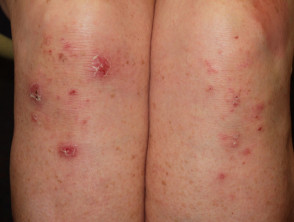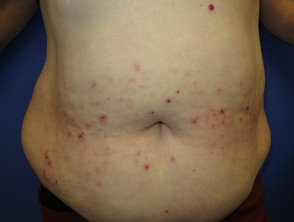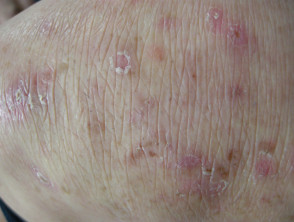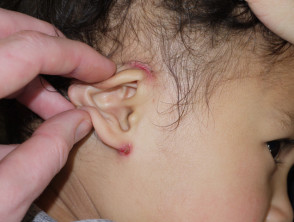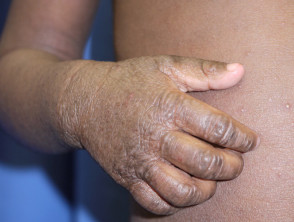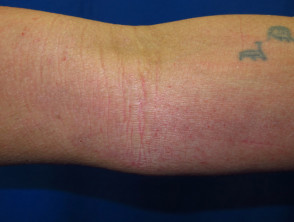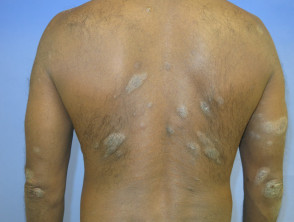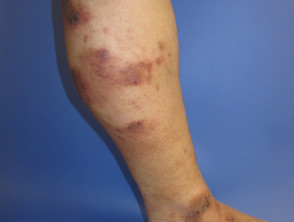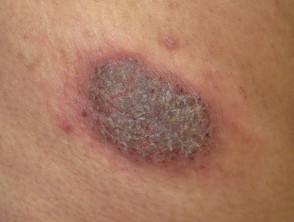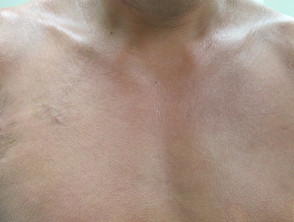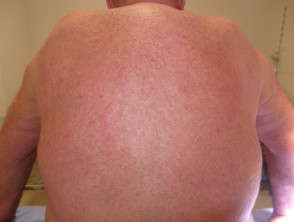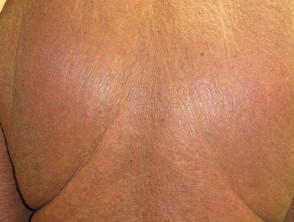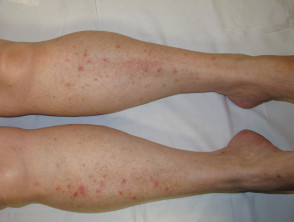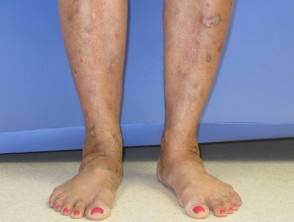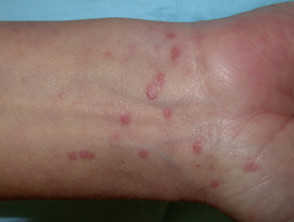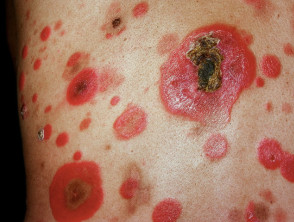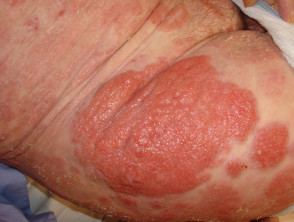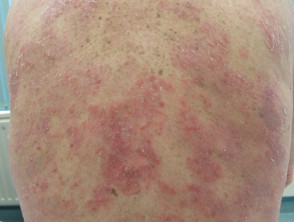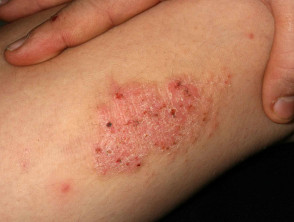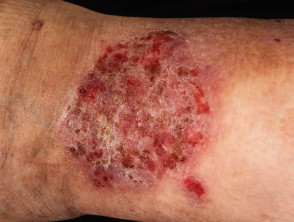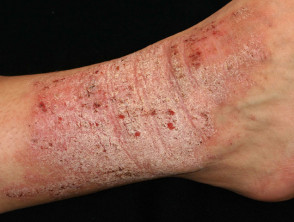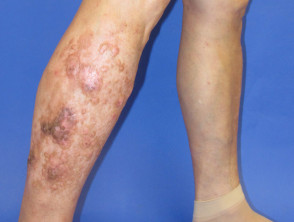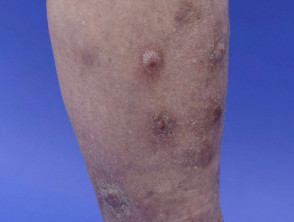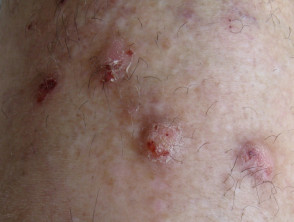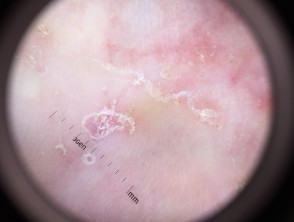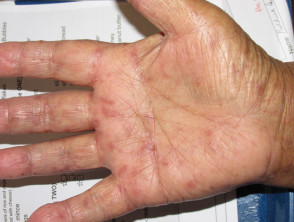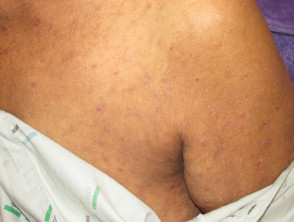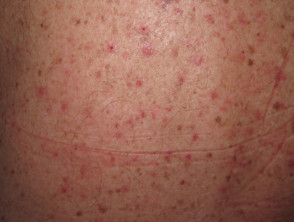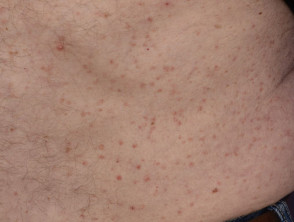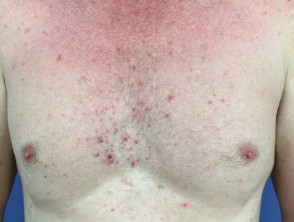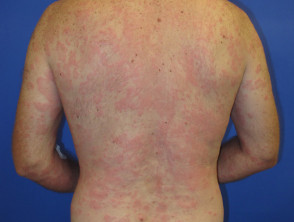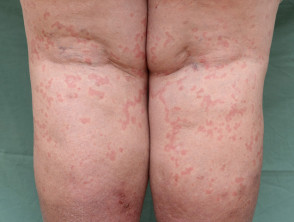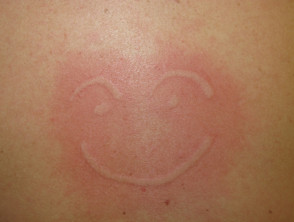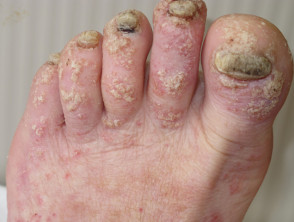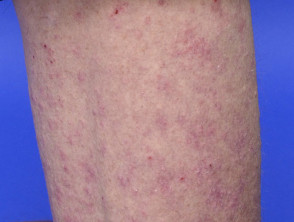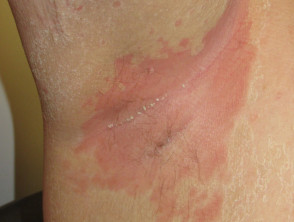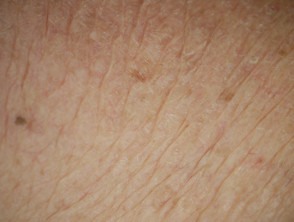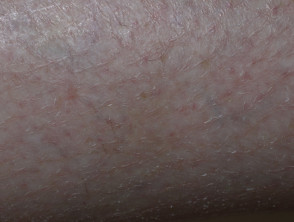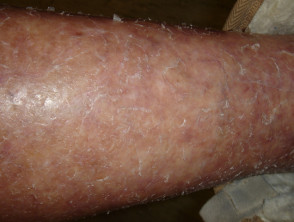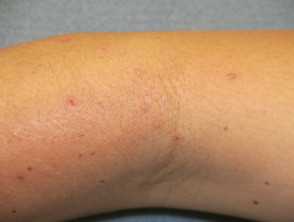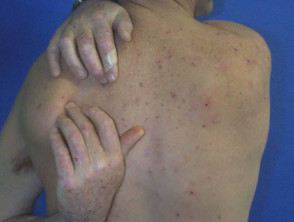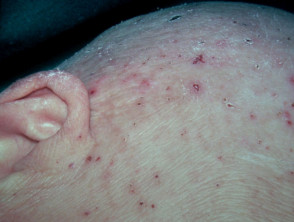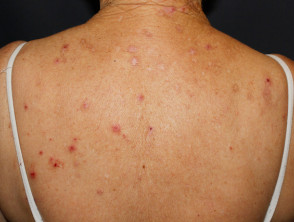Introduction
Itch is defined by a desire to scratch.
An acute or chronic itchy rash is most often due to dermatitis/eczema. Dermatitis can be primary, or secondary to scratching.
Stages include:
- Acute dermatitis: red, oozy, swollen skin
- Subacute dermatitis: red, dry skin
- Chronic dermatitis: skin coloured or dark, dry, thickened skin with prominent lines (lichenification)
- Infected dermatitis: painful, swollen, pustules, crusting.
Stages of dermatitis
- Dermatoscopic examination of hair shaft if scalp affected, possible burrows if hands affected
- Swab for bacterial and viral culture if pustules, crusting
- Skin biopsy for histopathology, and if available, direct immunofluorescence
- If the itch is generalised and no primary skin rash observed, check blood count, iron studies, renal, liver and thyroid function, chest X-ray.
General treatments for itchy skin conditions may include:
- Topical emollients, hydrocortisone cream
- 1% menthol cream to cool localised itchy areas
- Oral antihistamines
- Tricyclic antidepressants such as amitriptyline.
Differential diagnosis of very itchy skin
- Is the itch localised or generalised?
- What is its distribution?
- Is there a primary rash or not?
- Erosions, crusting, bruising and infection can be due to excoriation and are of no help diagnostically.
Very itchy skin with localised rash
- The site depends on the cause
- Irritant > allergic contact dermatitis
- Asymmetrical, odd shapes
- Often intermittent
Contact dermatitis
- Egg cases close to the scalp
- Blood spots behind ears
Insect bites / papular urticaria
- Crops of urticated papules
- Central punctum or vesicle
- Favour exposed sites, depending on the cause
Insect bites
- May be localised to any site
- Grouped firm polygonal violaceous plaques
- Biopsy confirmatory
Lichen planus
- Vulva > penis > elsewhere
- White dry skin
- Sometimes, purpura, blisters, resorption, scarring
- Biopsy confirmatory
Lichen sclerosus
Lichen simplex
Pompholyx (dyshidrotic eczema)
- Crops of vesicles along fingers, toes, palms, soles
Pompholyx
- Affects one ankle initially then may spread to other leg and can generalise (autoeczematisation)
- Signs of venous disease: hardened, narrowed ankle (lipodermatosclerosis), orange-brown discolouration (haemosiderin)
- +/- Varicose veins
Venous eczema
Mildly itchy skin with localised rash
- Crazy paving, red cracked patches
- Mainly lower legs
Venous eczema
- Itch is sometimes severe
- Localised variant affects the scalp, elbows, knees; or palms and soles
Psoriasis
- In and around hair-bearing scalp, eyebrows, hairy chest
- Skin folds behind ears, nasolabial fold, axilla
- Salmon pink, flaky
Seborrhoeic dermatitis
Very itchy skin with generalised rash
- Nonspecific dermatitis
- The initial site often venous dermatitis
- Can also follow localised dermatophyte infection eg tinea pedis
Autoeczematisation
- Elderly, especially with a brain injury
- May start like eczema or urticaria
- Large blisters
- Biopsy confirmatory
Bullous pemphigoid
- Crops of tiny blisters quickly scratched
- Biopsy confirmatory
Dermatitis herpetiformis
- Mainly flexural, symmetrical
- May have dry skin
Atopic dermatitis (eczema)
- Bilateral, not symmetrical
- Roundish plaques
Discoid eczema
- Whole body (>85%) involvement
- Preceding eczema, psoriasis or de novo
- Also consider pityriasis rubra pilaris, lymphoma, drug
Erythroderma
- Skin +/- mucosal surfaces
- Grouped firm polygonal violaceous plaques on wrists, shins, lower back
- Lacy white pattern in buccal mucosa
- Painful erosions on tongue, vulva, vagina, penis
- Biopsy confirmatory
Lichen planus
Mycosis fungoides (cutaneous T-cell lymphoma)
- Slowly evolving slightly scaly annular and roundish patches, plaques and sometimes nodules
- Various morphologies
- Itch is variable and can be absent, especially in the early stages
- Buttocks, breasts common initial sites
- Biopsy confirmatory [see Mycosis fungoides pathology]
Mycosis fungoides
- Multiple lichenified plaques
Neurodermatitis
- Bilateral nodules on limbs resemble keratoacanthomas
- Papular variant
Nodular prurigo
- Burrows between fingers, wrist creases
- May be secondarily infected
- Papules in axillae, groin, penis
- Polymorphous rash on trunk
- Scale-crust between fingers, elbows, scalp in elderly or immune suppressed
Scabies
Transient acantholytic dermatosis / Grover disease
- Older male
- Red crusted papules and vesicles central trunk
- May be precipitated by sweating, fever, heat, sunlight, hospitalisation, and medications
Transient acantholytic dermatosis
- Acute < 6 weeks
- Chronic > 6 weeks
- Spontaneous or inducible weals
- No blisters or dryness or scale
- Scratch skin to elicit linear weal in dermographism
Urticaria
Mildly itchy skin with generalised rash
- Itch is sometimes severe
- Symmetrical well-circumscribed plaques with silvery scale
- Generalised large or small plaques
Psoriasis
- Generally dry skin
Xerosis (dry skin)
Localised itchy skin without rash
May have secondary lesions due to scratching: erosions, purpura, lichen simplex and secondary infection. Localised itch is often neuropathic/neurogenic. If scalp itchy, look carefully for head lice and their egg cases.
- Brachioradial pruritus — arm
- Meralgia paraesthetica — lateral thigh
- Notalgia paraesthetica — scapula
- Cheiralgia parasthetica — lateral aspect of the hand
- Vulval itch
- Scrotal itch
Localised neuropathic itch
Generalised itchy skin without rash
Examine carefully for scabietic burrows.
- Patient is pregnant
Systemic disease
- Chronic renal insufficiency
- Cholestasis
- Iron deficiency
- Polycythaemia vera
- Hyperthyroidism
- Lymphoma
- Diabetic neuropathy
- Drug-induced (eg, opioid, chloroquine, vancomycin flushing)
- Chronic pruritus of unknown origin
Systemic associations with generalised pruritus
